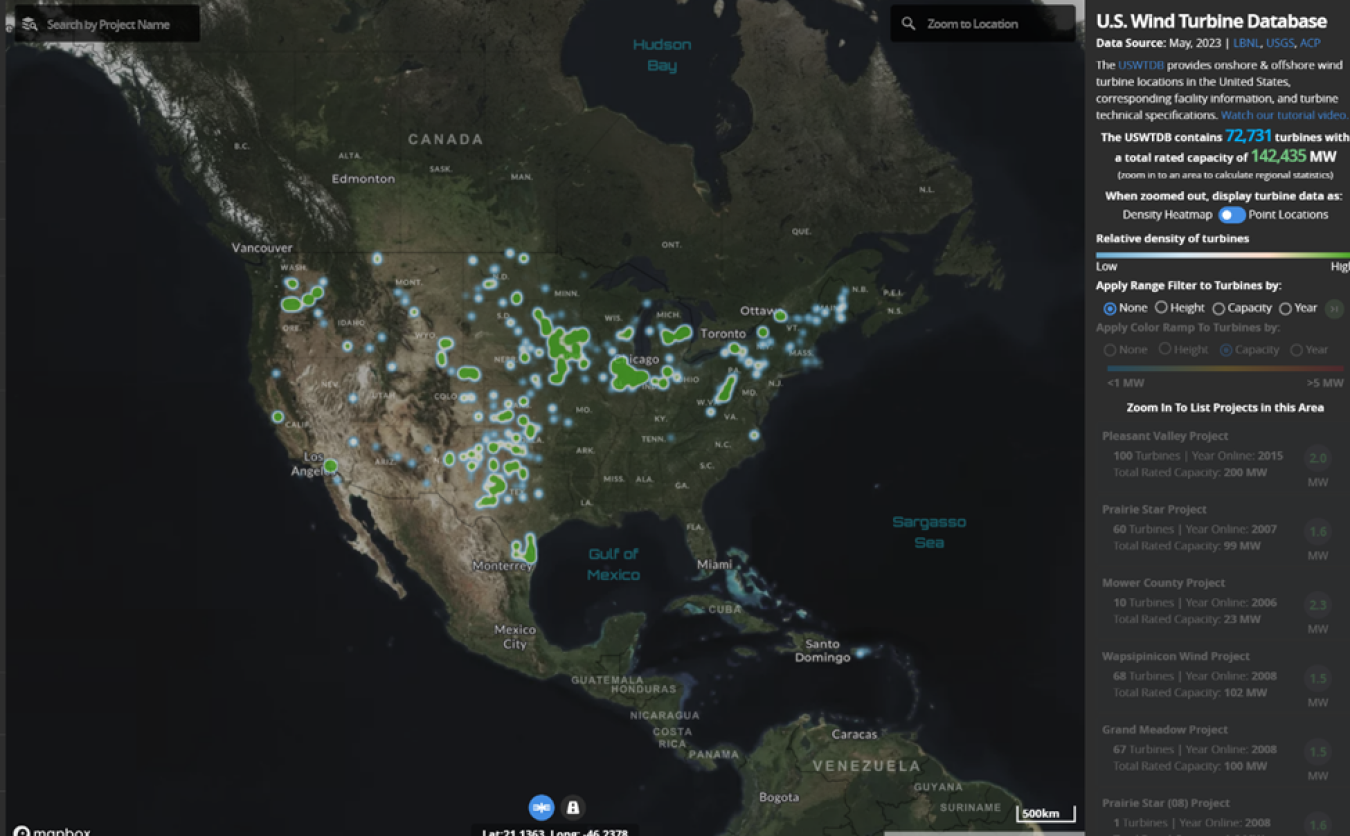The U.S. Department of Energy’s (DOE) Wind Energy Technologies Office (WETO) supports interagency efforts to identify and deploy technology and process improvements to mitigate impacts of wind farms on radars. DOE undertakes this work along with the Department of Defense (DOD), the Department of Homeland Security (DHS), the Federal Aviation Administration (FAA), the National Oceanic and Atmospheric Administration (NOAA), and the Bureau of Ocean Energy Management (BOEM).
As wind development continues to grow and expand to new areas of the country, the likelihood that some turbines will be located within the line of sight of radar systems also increases. Wind turbines can cause interference for radar systems because their large towers and moving blades reflect electromagnetic radiation.
This interference can create clutter and reduce detection sensitivity, interfering with target tracking and impeding critical weather forecasting. In the case of radars used for air traffic control or defense, wind turbine blades rotate fast enough for radar to sense them as moving objects, and can complicate and interfere with identifying and tracking airborne targets.
Since 2011, WETO has worked with federal agencies, the wind industry, radar providers, and other stakeholders to:
- Better evaluate the impacts of wind energy on sensitive radars.
- Develop and deploy mitigation measures to increase the resilience of existing radars to wind turbines.
- Encourage the development of next-generation radars resistant to wind turbine interference.
WETO is addressing the potential impacts of operating wind turbines on defense and civilian radar systems as part of an interagency effort with the Wind Turbine Radar Interference Mitigation Working Group. This group works to understand the impact of wind systems on radar, promote potential technical solutions to mitigate impacts, and promote advanced capacity of future radar systems.
WETO has continued its leadership to address wind turbine-radar interference by:
- Leading the renewal of a 5-year interagency agreement to continue the Wind Turbine Radar Interference Mitigation Working Group efforts to understand and reduce wind turbine interference with radar operations as an impediment to future wind energy development.
- Working with the FAA to optimize radar software to better filter wind turbine clutter for existing air traffic control and other radar systems under FAA’s control.
- Publishing a report that provides an update on the efforts of the Wind Radar Interference Mitigation Working Group as well as the status of testing, certification, and deployment of mitigation options.
- Updating the Federal Interagency Wind Turbine Radar Interference Mitigation Strategy focusing on future activities for 2023 through 2028, including offshore wind development.
- Maintaining the DOE-hosted Wind Turbine Radar Interference WINDExchange to house past and current information and enhance access for stakeholders.
- Maintaining the U.S. Wind Turbine Database and viewer, which DOD, DHS, and NOAA use to perform crucial operational impact assessments of wind turbines on radar.
- In collaboration with BOEM, maintaining a database that details the locations of domestic offshore wind turbines. Once the projects are built, those offshore wind turbine locations will be incorporated into the U.S. Wind Turbine Database.
Learn more in the Wind Turbine Radar Interference Mitigation Fact Sheet or visit WINDExchange for additional information about the wind-radar interference mitigation strategy and approaches.
Mitigating Wind Turbine-Radar Interference News
-
DOE is taking applications for the Fiscal Year 2024 Core Laboratory Infrastructure for Market Readiness Lab Call.
-
 DOE is requesting information on challenges and opportunities relating to the co-existence of wind energy and radar.
DOE is requesting information on challenges and opportunities relating to the co-existence of wind energy and radar. -
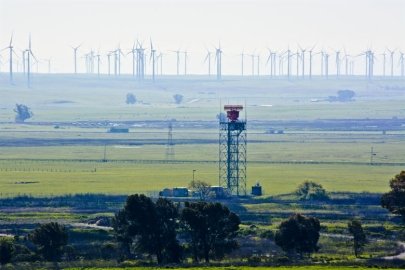 A new R&D webpage highlights work addressing the potential impacts operating wind turbines have on defense and civilian radar systems.
A new R&D webpage highlights work addressing the potential impacts operating wind turbines have on defense and civilian radar systems. -
DOE has signed on to two interagency agreements to continue to collaborate on and reduce potential impacts from wind turbines on radar systems used for air traffic control, weather forecasting, homeland security, and national defense missions.
-
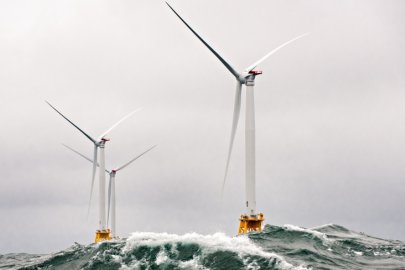 Fifteen new projects were selected to receive a total of $8 million for offshore wind support structure innovation, U.S.-based supply chain development, electrical systems innovation, and solutions for impacts on wildlife and radar.
Fifteen new projects were selected to receive a total of $8 million for offshore wind support structure innovation, U.S.-based supply chain development, electrical systems innovation, and solutions for impacts on wildlife and radar. -
New Public Siting Tool Addresses Potential Impacts of Wind Turbines on Radar Systems
-
Wind development located within the line of sight of radar systems can cause clutter and interference.
-
The TSPEAR toolkit supports energy developers that wish to design, analyze, track the progress of wind energy projects. Initially designed to support wind energy development by assessing the interaction between turbines and constraining factors, such a...
-
These documents include a final report on the Interagency Field Test & Evaluation (IFT&E) program and summaries of three field tests designed to measure the impact of wind turbines on current air surveillance radars and the effectiveness of private sec...
-
DOE and federal agency partners recently completed the first in a series of three radar technology field tests and demonstrations.
Featured Publications
-
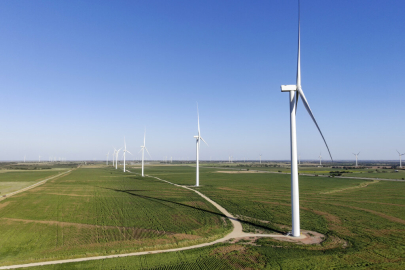 This report includes a brief description of the major projects undertaken by the WTRIM WG for calendar year 2024.
This report includes a brief description of the major projects undertaken by the WTRIM WG for calendar year 2024. -
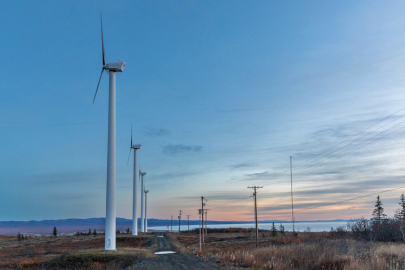 This report includes a brief description of the major projects undertaken by the WTRIM WG for calendar year 2023.
This report includes a brief description of the major projects undertaken by the WTRIM WG for calendar year 2023. -
 New report outlining the Federal Interagency Wind Turbine Radar Interference Mitigation Strategy.
New report outlining the Federal Interagency Wind Turbine Radar Interference Mitigation Strategy. -
Summary of study assessing whether changing the turbine spacing in a new wind farm can reduce or prevent the impacts on radar.
-
 This fact sheet summarizes the work the U.S. Department of Energy and its national labs have done to minimize the effects of wind turbines on radar.
This fact sheet summarizes the work the U.S. Department of Energy and its national labs have done to minimize the effects of wind turbines on radar. -
Series will discuss offshore wind turbine radar interference mitigation strategies and research needs for offshore wind development.
-
Wind development located within the line of sight of radar systems can cause clutter and interference.


